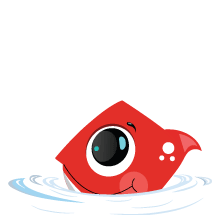Why your kids need to splash and play
- Jul 4, 2019
- 2 min read
Updated: Jul 5, 2019

Parenting is difficult; especially in the digital era where shaming can go viral with a catchy phrase and judgments are aplenty and free for usage. Oftentimes, too much is detrimental, too little is deprivation -- how is one to figure out what's right or wrong?
Today's children live in what has been coined the 'digital era'. There are a minimum of three interactive screens per every child within a household -- television, tablets and mobile phones. Studies have shown that long engagement with screens split a child's attention from their surroundings. Not to mention that they become more susceptible to visual impairment at an early age and, more recently discovered, children's physiological skeletal frames are altering to accommodate for the head tilt forward posture.
According to studies, the average child spends upwards to eight (8) hours on electronic screens. Supporting studies also found that less active children become more sedentary as they age into teenagers. Preventive Medicine alleged that today's teens are as sedentary (inactive) as 60-year-olds.
"Children should get at least an hour of moderate-to-vigorous exercise a day," writes the World Health Organization. "But [sic] showed that kids between the ages 6-11 are not meeting the recommendation."
Finns Boutique Swim Centre has built its foundation on such concerns with curricula for all pre-teen age groups to get the right dosage of both water play and active play. The swimming school's QidzMov™ was specifically designed to provide children with the freedom of expressing movement, encouraged through multiple forms of activities, of course, inclusive of swimming.
QidzMove™ engages through stimuli and engagement activities, including the use of songs, strengthening reflexes, repetition of skills, coordination development, progressive instructions and personal development, to name a few. Depending on the age of the child, they will be sectioned into an appropriate group for the most suitable learning environment tallied to that individual child.
The younger a child adapts physical activities into his/her life, the longer fitness is sustained throughout their lifetime. Start young to stay young.

























